Oil price posts two-year highs - but how long can it last?
Brent rose above $59 a barrel this week, its best third-quarter showing since 2004
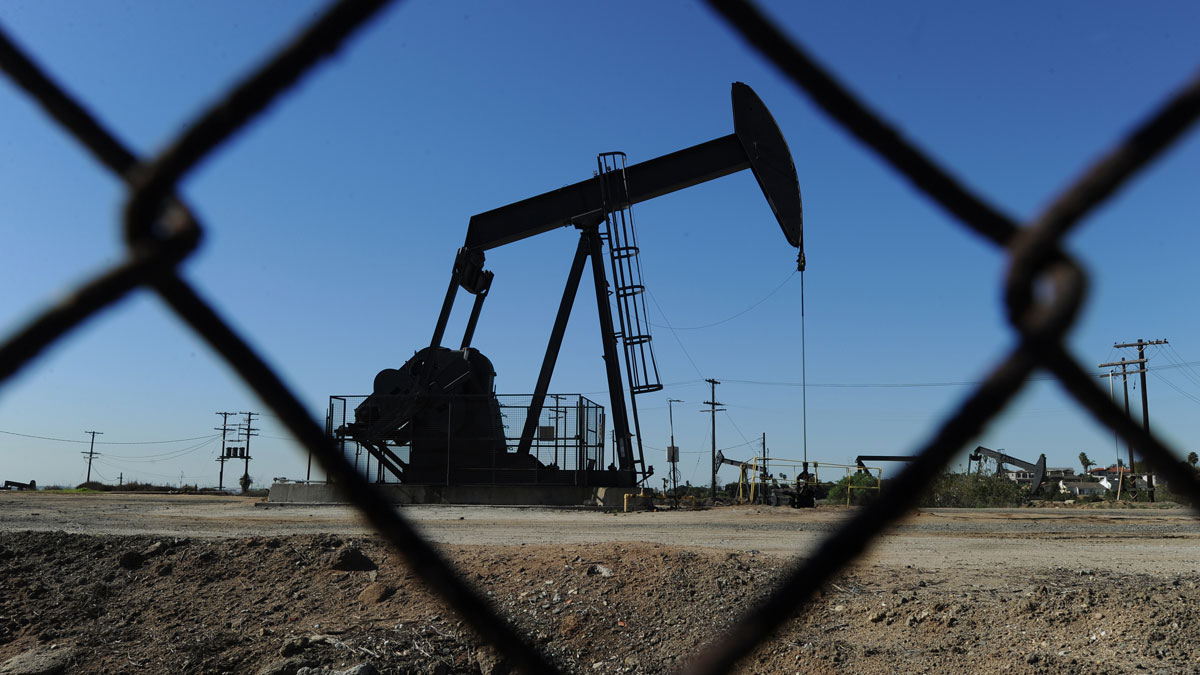
31 March
A bearish supply signal from Opec members Saudi Arabia and Kuwait saw the already waning oil price drop overnight and this morning.
The two countries announced on Tuesday that they would be re-opening the jointly operated 300,000-barrels-per-day Khafji field, Reuters reports.
The Week
Escape your echo chamber. Get the facts behind the news, plus analysis from multiple perspectives.

Sign up for The Week's Free Newsletters
From our morning news briefing to a weekly Good News Newsletter, get the best of The Week delivered directly to your inbox.
From our morning news briefing to a weekly Good News Newsletter, get the best of The Week delivered directly to your inbox.
Both are among the largest producers in the Opec cartel and Saudi Arabia is also among a few oil powers that can influence the overall global supply outlook, so the news has knocked hopes of a deal to rebalance the market.
International price benchmark Brent crude had closed lower on Tuesday and, after a brief relief rally yesterday, in the wake of a dovish speech by Janet Yellen, the Federal Reserve chairwoman, that hit the US dollar, it has dropped back again. Brent was more than one per cent down this morning, to below $39 a barrel.
Saudi Arabia and Kuwait are among the 15 countries scheduled to meet in Doha, Qatar, on 17 April to discuss freezing production at January levels in an effort to alleviate the ongoing global oil glut. But renascent oil power Iran is unlikely to participate and signs that mothballed Opec supplies are being brought back online are also not a good indicator.
"The fact that the announcement comes so shortly before the meeting in Doha is a disastrous sign," said Commerzbank oil analyst Carsten Fritsch. "It gives the impression that the lip service paid to freezing oil production is nothing but hot air."
A free daily email with the biggest news stories of the day – and the best features from TheWeek.com
Earlier this week, Reuters reported that Iranian sources had reaffirmed the country's intentions not take part in any production freeze until it has returned output to pre-sanction levels. Some analysts believe the freeze will not be sufficient to undo a supply overhang in the short term in any case.
A report from the US Energy Information Administration yesterday emphasised the scale of current stockpiles, says the Wall Street Journal. Crude reserves grew to a new record for the seventh straight week, albeit by a slightly less-than-expected 2.5 million barrels, while even a three million barrel draw down on gasoline stocks was offset by evidence of a big jump in refinery activity.
"More juice is coming," warned Donald Morton, the senior vice president and runner of an energy trading desk at Herbert J. Sims & Co.
Has oil price slump sent North Sea sector into terminal decline?
30 March
Since a string of offshore discoveries in 1969 unleashed a "gusher of jobs and investment", Britain's North Sea oil and gas industry has been a "mainstay of the national economy", says The Times. It generates more than £330bn in taxes and gigantic export earnings.
However, with oil prices at historical lows, the industry has been brought to its knees - and some reckon it is in "terminal decline".
Even despite a recent recovery, Brent crude, the international benchmark that sets the price for North Sea oil, remains below $40 a barrel. It was estimated last year that most production in the region is likely to be loss-making if prices are less than $50 a barrel.
From its peak in 1983, the sector's contribution to the UK economy has fallen from a massive ten per cent to just under 2.8 per cent in 2014. With less than a third of the original 63 billion extractable barrels remaining in the North Sea – much of which is harder and costlier to extract - many are asking if the slide can be reversed.
Industry group Oil and Gas UK estimates that the number of those employed in the sector has fallen from 440,000 to 320,000 in the space of just two years. At current levels, it calculates that more than 150 people a day are losing their job.
Figures released by the Institute for Fiscal Studies last week revealed a £10bn "black hole" at the heart of Scotland's public finances caused by the slump, prompting questions over the long-term future and the viability of the oil industry in supporting a possible independent Scotland.
What can be done?
Speaking to The Times, Sir Ian Wood, a leading industry expert and the author of the Wood Review, called on banks to exercise forbearance with companies struggling to stay afloat and urged the government to introduce a tax stimulus.
Scottish Labour leader Kezia Dugdale, meanwhile, said earlier this month that the UK government should take stakes in North Sea oil and gas assets that are "strategically important but at risk of abandonment".
This highly unusual step is a "response to concerns in the oil and gas industry that low prices could mean pipelines and hub facilities within clusters of fields could be closed down", says The Times.
Yesterday, the paper revealed that US energy giant ConocoPhillips had drawn up plans to shut down one of the North Sea's biggest gas pipeline systems in a move that "threatens to knock out ten per cent of the UK's gas capacity and a string of active fields".
In a bid to encourage renewed investment and reverse the trend for job loses, Chancellor George Osborne has announced plans to cut supplementary taxes on firms pumping in the North Sea. This could save oil companies up to £1bn over five years.
However, on Sunday, it was reported that Shell was exploring the possibility of selling its remaining North Sea oil assets in what is being interpreted as a clear lack of faith in the future and viability of the British oil industry.
Oil prices fall as fears grow that upturn is ending
29 March
Oil prices fell today as concern grew that the relatively good news of the last two months may be coming to an end.
Brent crude futures fell 58 cents to $39.69 a barrel while US crude was down 47 cents at $38.92.
The last two months have seen an upswing in the value of oil, with a 45 per cent gain since mid-February as investors anticipate a meeting of the world's main producers next month, at which they may agree to freeze output to keep prices rising.
The recent upturn comes after a months-long slump that reached a nadir in February, when West Texas Intermediate touched $26.05 a barrel, its lowest price since 2003.
Today's prices suggest the recent upturn is in danger of "fizzling" out, says Reuters. Prices also reflect a reaction to predictions that US commercial crude stockpiles have reached record highs for the seventh week running.
Ole Hansen, a senior manager at Saxo Bank, says there is growing scepticism about the meeting of the Opec nations and other major suppliers, including Russia, due to take place on 17 April in Doha.
Hansen told Reuters: "The amount of verbal intervention, which has obviously helped the market greatly over the past two months, combined with a production slowdown in the US has probably taken [oil] as far as it can. Now the market really wants to see some action."
Analysts say there is likely to be little movement in the price in either direction in the near future, says Reuters.
According to Jonathan Barratt of Ayers Alliance in Sydney: "The numbers continue to suggest a supply glut and I suspect that more talk is relevant out of OPEC and co to help the price stand up or to help it remain relatively stable."
He added: "The likes of Russia and the likes of Iran… are cutting deals left right and centre just to get cash flow."
Barclays has warned that prices could fall by 20 per cent to 25 per cent if the net flows into commodities seen in January and February are reversed. Investors spent more on commodities in the first eight weeks of this year than they have in the same period since 2011.
Oil price rally 'has run its course for now'
24 March
The oil price has retreated from its latest foray above $41 a barrel, after a huge build in stockpiles in the US emphasised the extent of the ongoing supply glut.
Data from the US Energy Information Administration revealed crude oil reserves rose for the sixth consecutive week last week, setting another new record. Reuters reports that the 9.4 million barrel crude build was far ahead of the three million expected by analysts.
The data was "not entirely bearish", Reuters adds, pointing to a higher-than-expected drawdown on gasoline stocks of 4.6 million barrels and a rise in demand for motor fuel of seven per cent.
But the focus of the report - and of experts - is on the expanding inventory that many fear is a long way from being reversed. Data last week showed the decline in active drilling rigs in the US has stalled amid a recent oil price rally, exacerbating this view.
At the same time, doubts are growing that a deal among major global producers, including notably Saudi Arabia and Russia, to freeze supplies at January levels will be enough to rebalance a market oversupplied to the tune of one to two million barrels a day at present.
Yesterday, an official from the International Energy Agency Watchdog said the deal, to be finalised at a meeting in Doha, Qatar, next month, is "meaningless".
"The rally, in our opinion, has run its course for now and opportunities lay ahead for weakness especially in the spread market," said Tariq Zahir, the trader and fund manager at Tyche Capital Advisors in New York.
"Production is still the same," Tyche vice president John Macaluso told the Wall Street Journal. "Nothing’s really changed. The supply issue is going to continue to get worse."
Oil price stuck as IEA brands supply deal 'meaningless'
23 March
The oil price is stuck at around $40 a barrel and may even move lower in the next month or so as optimism in the market rests on a deal to freeze supplies that the global energy watchdog has warned could be "meaningless".
Since hitting multi-year lows early last month, oil has rallied by around 50 per cent. International benchmark Brent crude hit $27 a barrel on 11 February and has hit several new 2016 highs in the past two weeks, with the latest coming on Tuesday, when it peaked at just shy of $41.80. US benchmark West Texas Intermediate is also currently a little more than $41 a barrel.
This positive swing has come primarily because there are hopes that the major producing nations might finally be prepared to stem rampant oversupply, which is currently running at one to two million barrels a day. A meeting is taking place in Doha, Qatar, next month among representatives of 15 countries, including Saudi Arabia and Russia, accounting for close to three-quarters of global output.
But the International Energy Agency is not confident the agreement will re-balance the market.
"Amongst the group of countries [participating in the meeting] that we're aware of, only Saudi Arabia has any ability to increase its production," Neil Atkinson, the head of the oil industry and markets division, told an industry event.
"So a freeze on production is perhaps rather meaningless. It's more some kind of gesture which perhaps is aimed... to build confidence that there will be stability in oil prices."
In particular, many are worried that the meeting will be held without Libya and Iran, which has emerged from international sanctions and is in the process of raising its exports from one to four million barrels a day.
"The expectations ahead of the Doha meeting in April are hopelessly excessive," analysts at Commerzbank said, reports the Wall Street Journal.
Finally, the US shale industry is a cause for concern on supply. Having hit a peak of 9.7 million barrels a day last year, US output has dropped to around 9.1 million – and many reckon it will fall to 8.2 million in the next two years.
However, higher prices may be bringing producers back to the market and the count of active drilling rigs in the country stopped a six-month decline last month.
Oil price slump inflicts £1.6trn hit on producers
22 March
As much as $2.3trn (£1.6trn) has been wiped from the value of listed oil and gas companies due to the slump in the oil price, which has fallen around 65 per cent from its summer 2014 peak.
The total stock losses have been calculated by the Financial Times, which also estimates actively traded bonds issued by the companies have plunged by around $150bn (£105bn) since the slide set in.
In addition, declines in equity value are prompting banks to increase provisions for defaults in the energy sector, which has borrowed heavily in recent years to fund dividend payouts and new drilling. In many cases, banks are owed debts equivalent to 40 per cent of companies' total value, which has led to them tightening loan agreements and repayment terms.
The figures show the strain that is being felt across the sector – and especially in the many oil-producing regions around the world where current prices are not enough to yield profits for companies involved in extraction.
International benchmark Brent crude hit a low of around $27 a barrel in early February, but has since rallied around 50 per cent as optimism grows over a tentative deal to freeze supplies at January levels. Yesterday, after an initial fall, the price stabilised at around $41.50 amid speculation US oil inventories may have dipped last week, says the Wall Street Journal.
Aside from the pledges by the likes of Saudi Arabia and Russia to stop ramping up oil output, nimble production in the US is being monitored for signs it is finally falling substantially in response to the global turf war.
Some estimates recently predicted that US supply would fall from its current 9.1 million barrels a day to 8.2 million over the next two years, but data showing that the number of active drilling wells stopped falling in February has prompted fears the price rise is already bringing some producers back to the market.
"For oil, we have had a substantial rally. A lot of that has been pre-emptive in nature, pre-empting production cuts, and assisted by the weaker US dollar," Ric Spooner, the chief market analyst at CMC Markets, told Reuters. "We have arrived at the situation where the market is waiting for news to catch up with it a little."
-
 How climate change is affecting Christmas
How climate change is affecting ChristmasThe Explainer There may be a slim chance of future white Christmases
-
 The MAGA civil war takes center stage at the Turning Point USA conference
The MAGA civil war takes center stage at the Turning Point USA conferenceIN THE SPOTLIGHT ‘Americafest 2025’ was a who’s who of right-wing heavyweights eager to settle scores and lay claim to the future of MAGA
-
 The 8 best drama movies of 2025
The 8 best drama movies of 2025the week recommends Nuclear war, dictatorship and the summer of 2020 highlight the most important and memorable films of 2025
-
 How might the Israel-Hamas war affect the global economy?
How might the Israel-Hamas war affect the global economy?Today's Big Question Regional escalation could send oil prices and inflation sky-high, sparking a worldwide recession
-
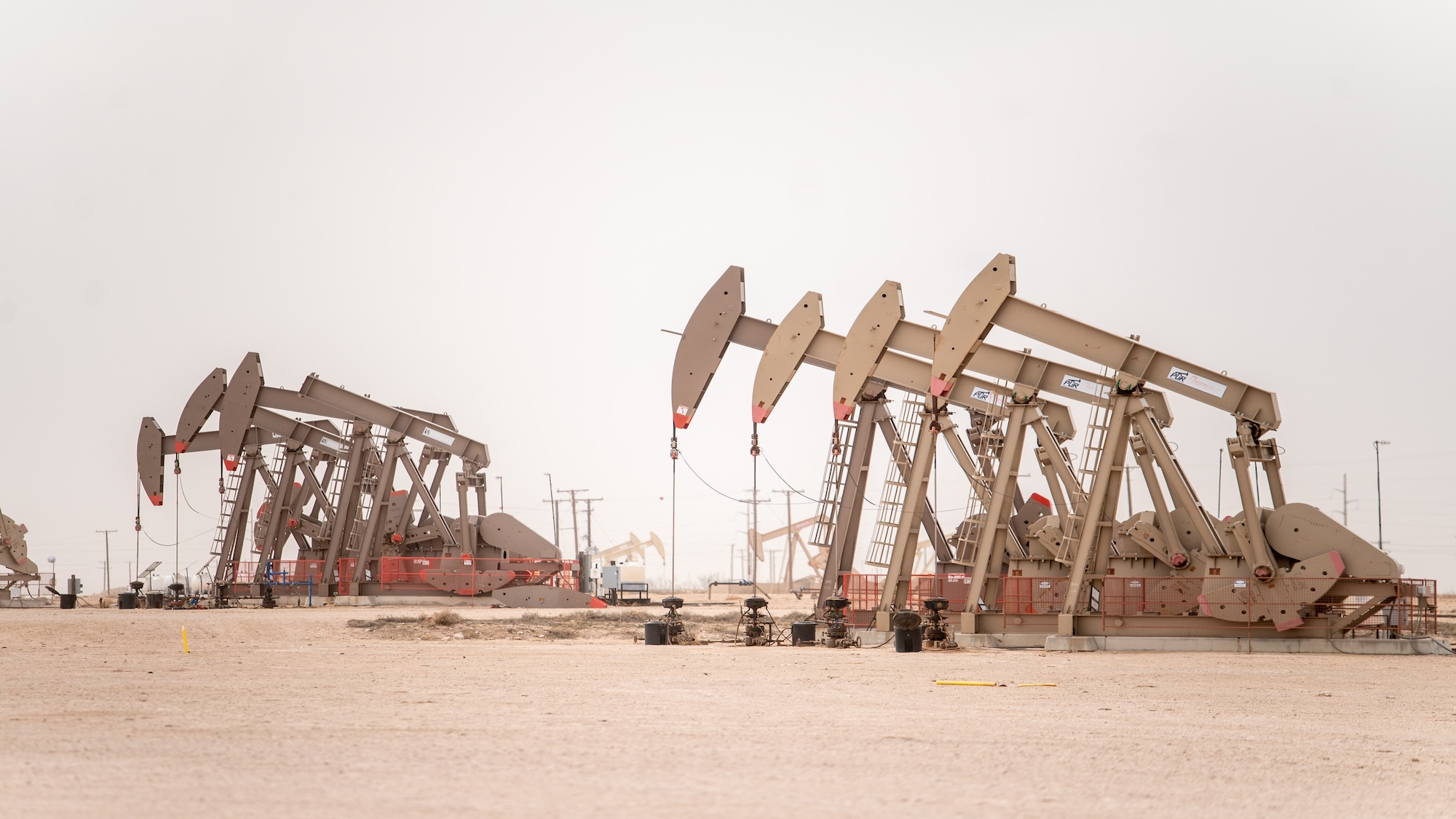 Recent mega-mergers could signal a turning point for the US oil industry
Recent mega-mergers could signal a turning point for the US oil industryTalking Point Both Chevron and Exxon have recently spent billions to acquire smaller oil companies
-
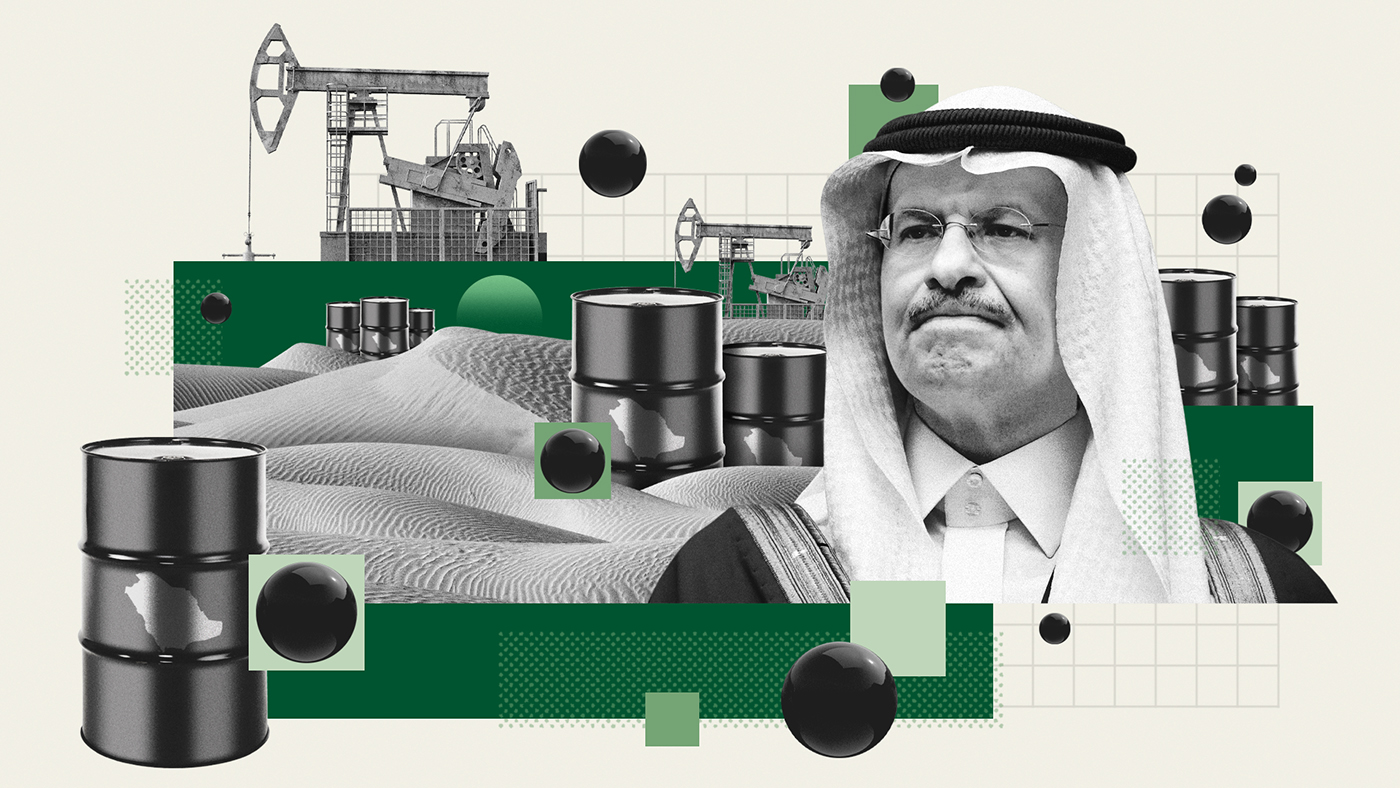 Has Saudi Arabia lost control of oil prices?
Has Saudi Arabia lost control of oil prices?Today's Big Question Kingdom goes it alone to cut production, risking tension with US and reigniting cooling inflation in Europe
-
 US angered by Opec+ oil cut
US angered by Opec+ oil cutSpeed Read Energy prices to rise further as producers slash supply by two million barrels a day
-
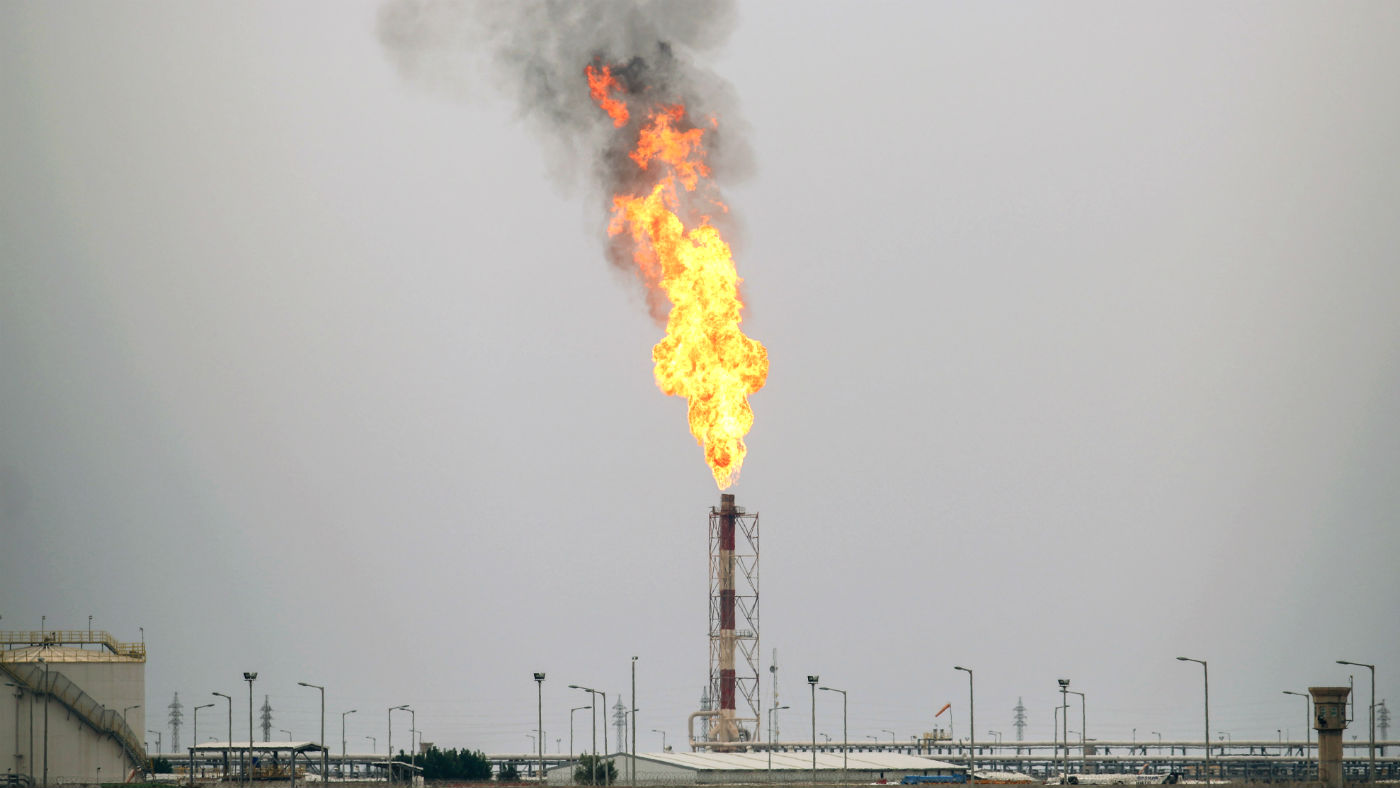 Global oil demand forecast lowered for 2020 and 2021
Global oil demand forecast lowered for 2020 and 2021Speed Read IEA report says jet fuel demand remains the major source of weakness
-
 Are US-Iran tensions flaring again?
Are US-Iran tensions flaring again?In Depth Trump threatens military action over Twitter
-
 Can a deal be struck to raise oil prices?
Can a deal be struck to raise oil prices?In Depth Opec+ will convene today over video link in a bid to boost crude
-
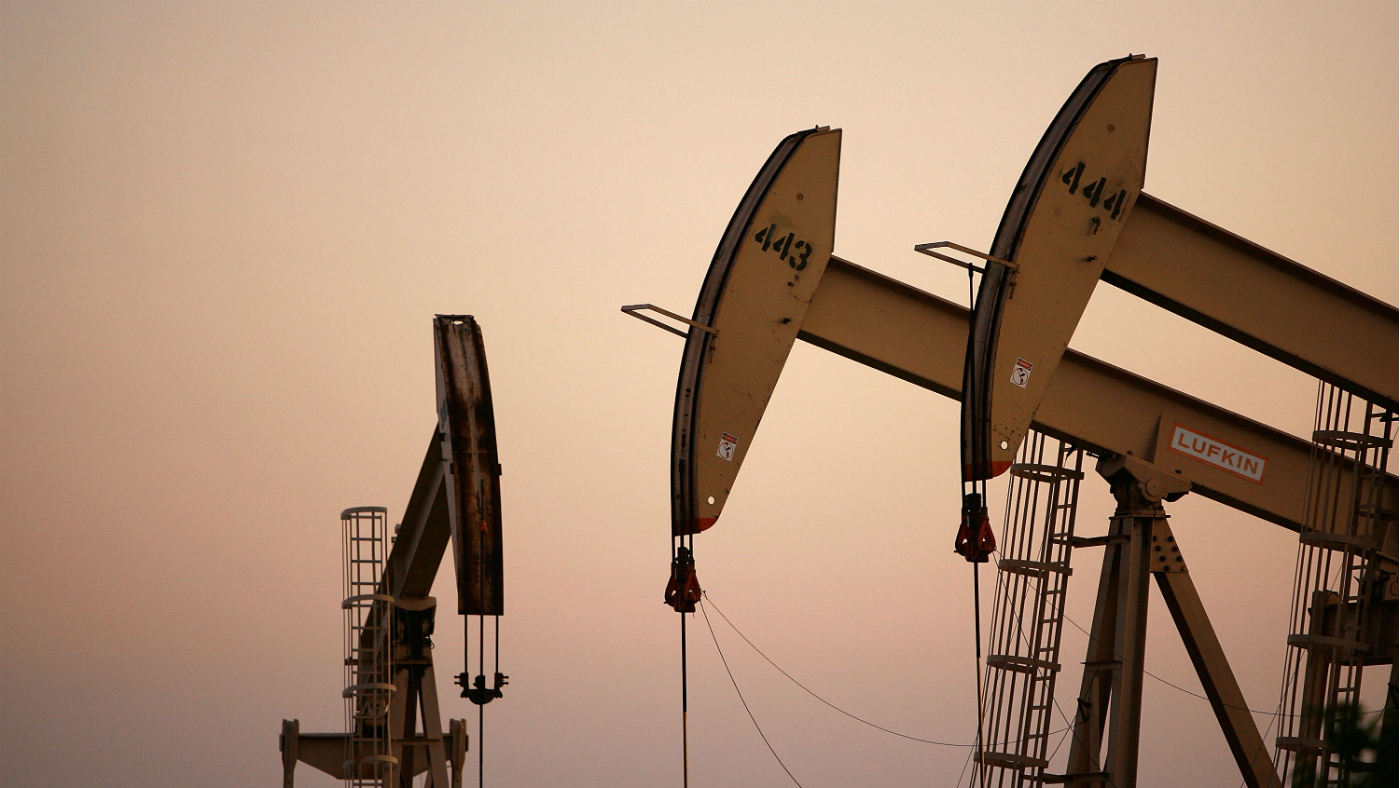 What do negative oil prices mean?
What do negative oil prices mean?In Depth Perfect storm of oversupply and storage shortages sees producers paying to get rid of US crude